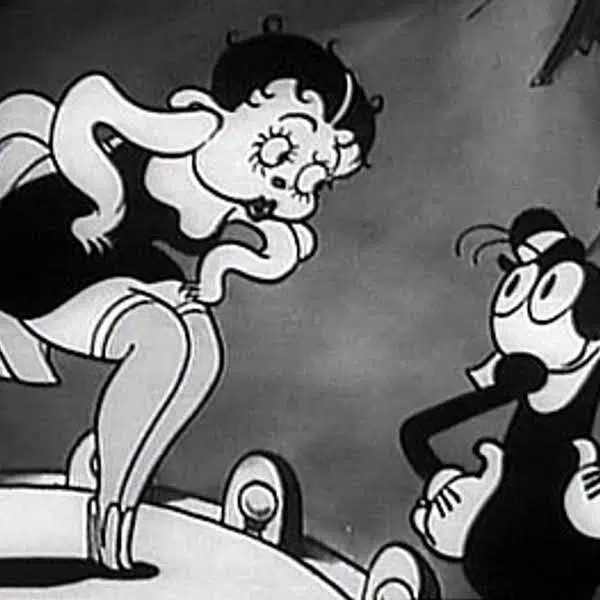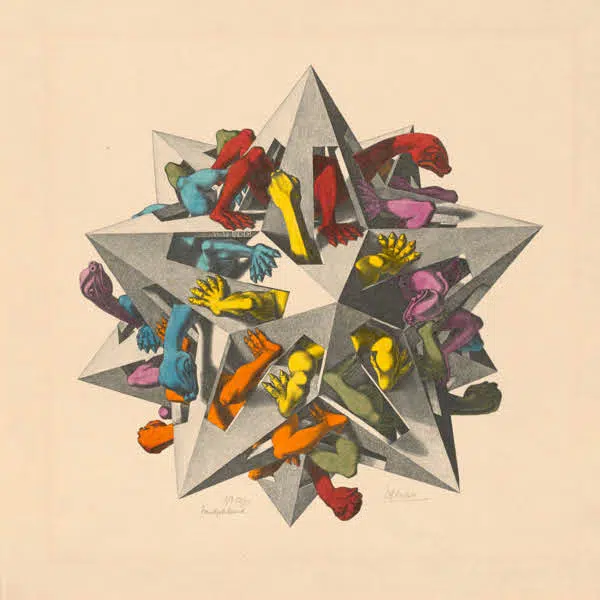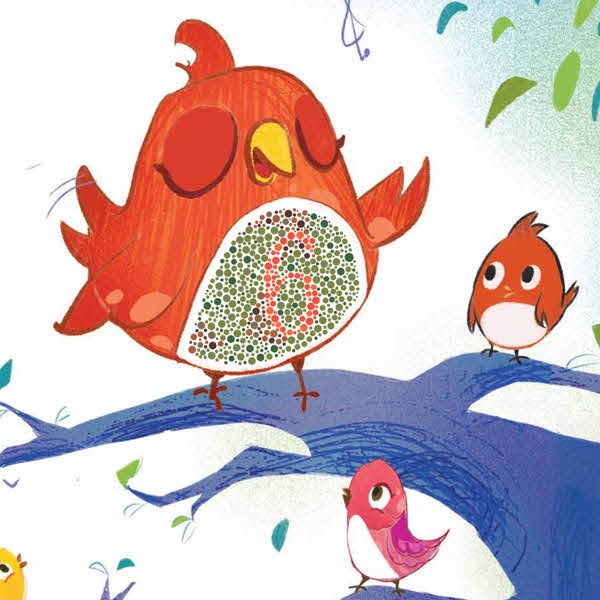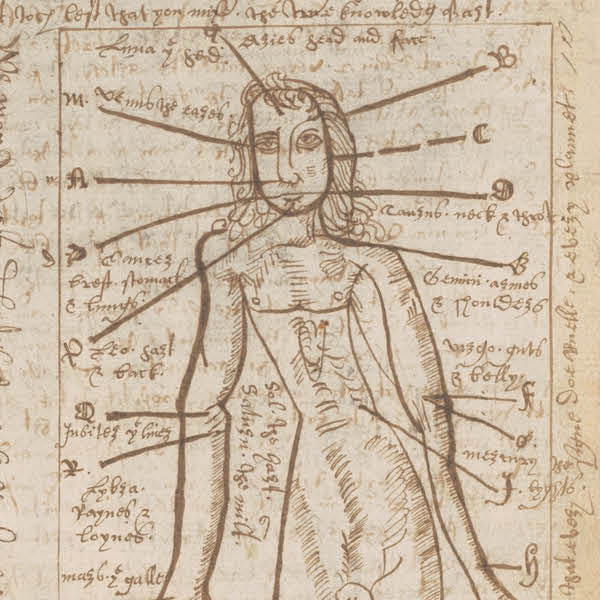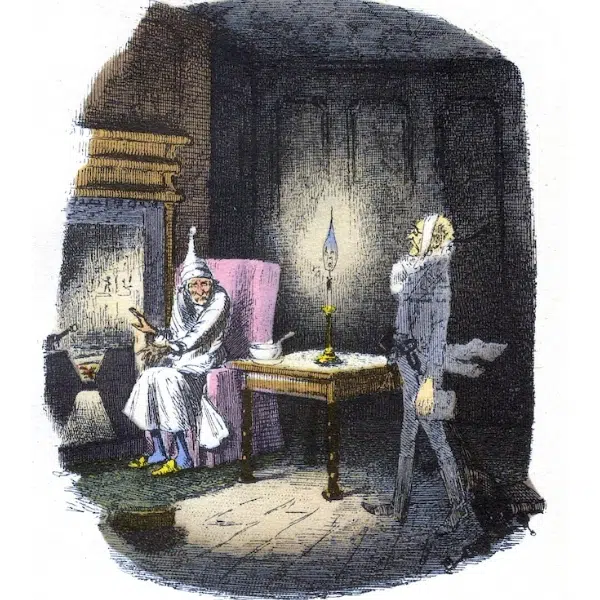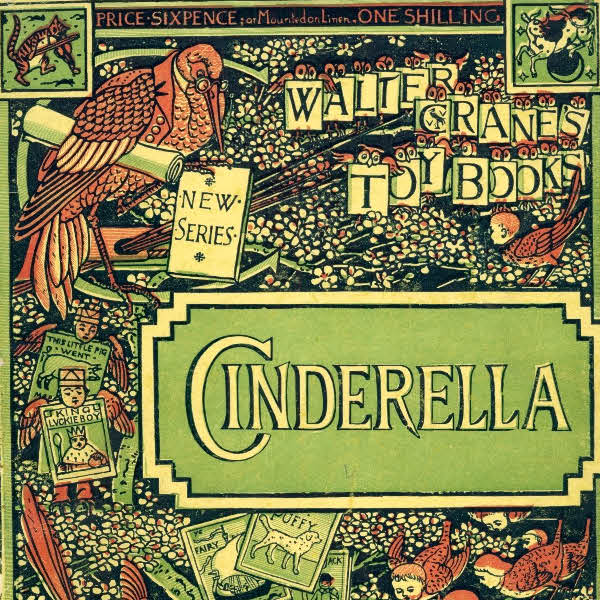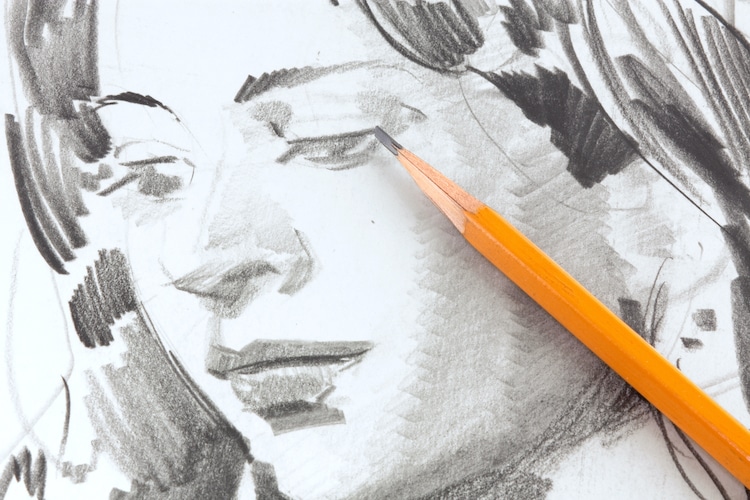
Stock Photos from Irina Baturina/Shutterstock
This post may contain affiliate links. If you make a purchase, My Modern Met may earn an affiliate commission. Please read our disclosure for more info.
With an array of colors to choose from in the color wheel, drawing in black and white can seem like a drag. But sketching in grayscale is a great exercise for learning how to draw. You don’t have to worry about color theory and can instead focus on the tones (lightness or darkness) of your subject to build its three-dimensionality.
Although you don’t have to fuss over mixing hues or color relativity, there are still tips and tricks that make creating black and white drawings easier. How you draw in monochrome will depend on what materials you are using and whether it is a dry or wet media. We’ve assembled some of our top tips for creating striking black and white drawings—depending on if you’re using pencil, charcoal, ink, or paint.
Before you get started, make sure you have the right supplies. Check out our guide for the best drawing pencils, watercolor paint sets, and markers that enthusiasts and professionals love.
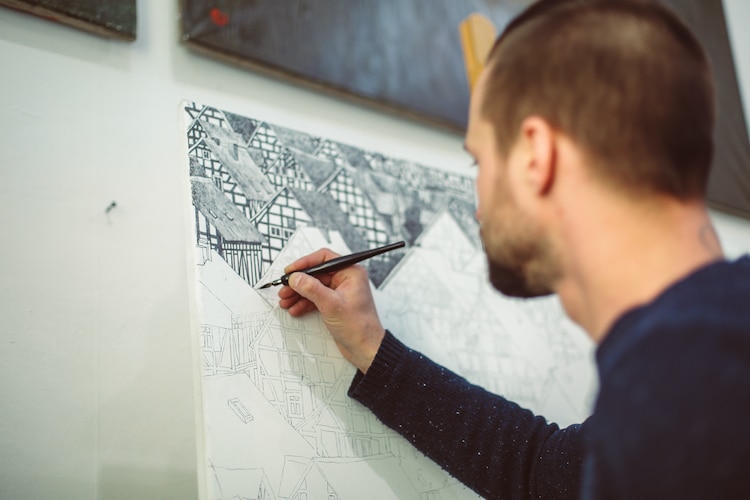
Stock Photos from BoConcept /Shutterstock
Overall Drawing Tips for Creating Black and White Artwork
No matter what media you choose, we have a few general tips that will help you to create dynamic drawings.
Squint your eyes to see what’s light and what’s dark. This might seem strange, but squinting your eyes will reveal the darkest and lightest parts of any scene. You can then relay that contrast in your drawing.
Minimize your mistakes by planning ahead of time. A little planning will do wonders for your composition. Before you put media to paper, determine what you’ll use, the size of your drawing, and roughly where the lightest and darkest areas will be.
Preserve your whites. This can be determined in the planning stage of your drawing, but it deserves its own tip because it’s so important. If you intend to use the white of your paper as a way to convey highlights, make sure that you protect any media from getting on it and taking away from its brightness.
Depending on your media, you can do this in multiple ways. For pencil or charcoal, it’s best to figure out where the highlights are and then avoid them as you draw. Alternatively, you can cover them with washi or painter’s tape and then remove the film when you’re done.
For wet media, you can also use tape or masking fluid. With masking fluid, you apply it to your paper before painting and wait for it to dry. You can then paint over it and remove it after you’re done—and voila! Your white paper is still there.
Use multiple utensils in your artwork. Wet and dry media are available in a variety of tones, grades, and point sizes. Take advantage by using multiple (three to four) pencils, types of charcoal, pen tips, and more in your work. It will give your work added visual complexity that’s exciting to view.
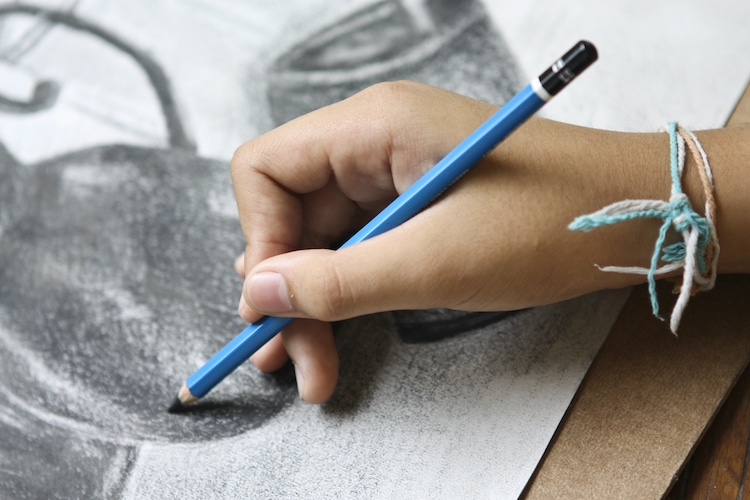
Stock Photos from saichol chandee/Shutterstock
Black and White Drawing Tips for Dry Media
Eager to draw in pencil, charcoal, or pastel? Follow these tips to get the most out of your dry media.
Start light. It’s easy to go from light to dark, but the same can’t be said for sketching dark to light. Begin your drawing by sketching the lightest shades (remember, protect your whites!) and build your tones from there. This will prevent you from having to erase dark mistakes later—where they’ll never completely disappear.
Put a piece of paper down so you don’t smear your drawing. It’s inevitable that the side of your hand will pick up graphite and charcoal the longer you work on your drawing. Sometimes, this can smear your progress and make the overall piece dirty. Place a sheet of paper under your hand to protect your drawing.
Don’t want to blend with your finger? Use a chamois or tortillon instead. Drawing with charcoal practically requires that you blend it into the page. (The medium is so loose that it will otherwise fall off of it.) If you don’t feel like getting your fingers dirty, take advantage of small tools to do it for you. One is a chamois cloth that’s great for blending large areas of your medium. The other is a tortillon, aka a blending stump, that is tapered to a point so you can use it for the finer details.

Stock Photos from Daria Minaeva/Shutterstock
Black and White Drawing Tips for Pen, Ink, and Watercolor Paint
Wet media can be the hardest to master, but the best at creating striking artwork. Set yourself up for success by following this advice.
Test your ink and pens first. These tools are much less forgiving than a pen or pencil. If you have a marker with no ink or an ink nib that is too full of pigment, it can ruin your drawing. Have a scrap piece of paper handy to test your supplies before you start on your final piece.
Begin with pencil. Because wet media can be so unforgiving, planning is key. Perfect your drawing before you even put pen or brush to paper by sketching your composition in pencil first. Make sure you do this with a light hand so that your pencil lines won’t show through once you start using the wet media.
Employ the glazing technique. If you’re unfamiliar with glazing, it’s an approach in which you apply thin layers of pigment until you reach the desired value. By doing things this way, you are gradually building volume and adding complexity to your work that doesn’t feel like a flat color. This technique is easy to do with watercolor and loose ink (anything that uses a brush) but more of a challenge—but still doable—with markers like Copic brand.
What are your top tips for drawing in monochrome? Tell us our Art, Design, Photography, and Drawing Club on Facebook!
Related Articles:
10 Best Drawing Tablets to Unleash Your Creativity
8 Different Types of Drawing Styles You Can Try Right Now
Talented Artists Share Their Favorite Tips for Improving Your Drawing Skills
10 Drawing Books That’ll Teach You Everything You Need to Know About Sketching











































































